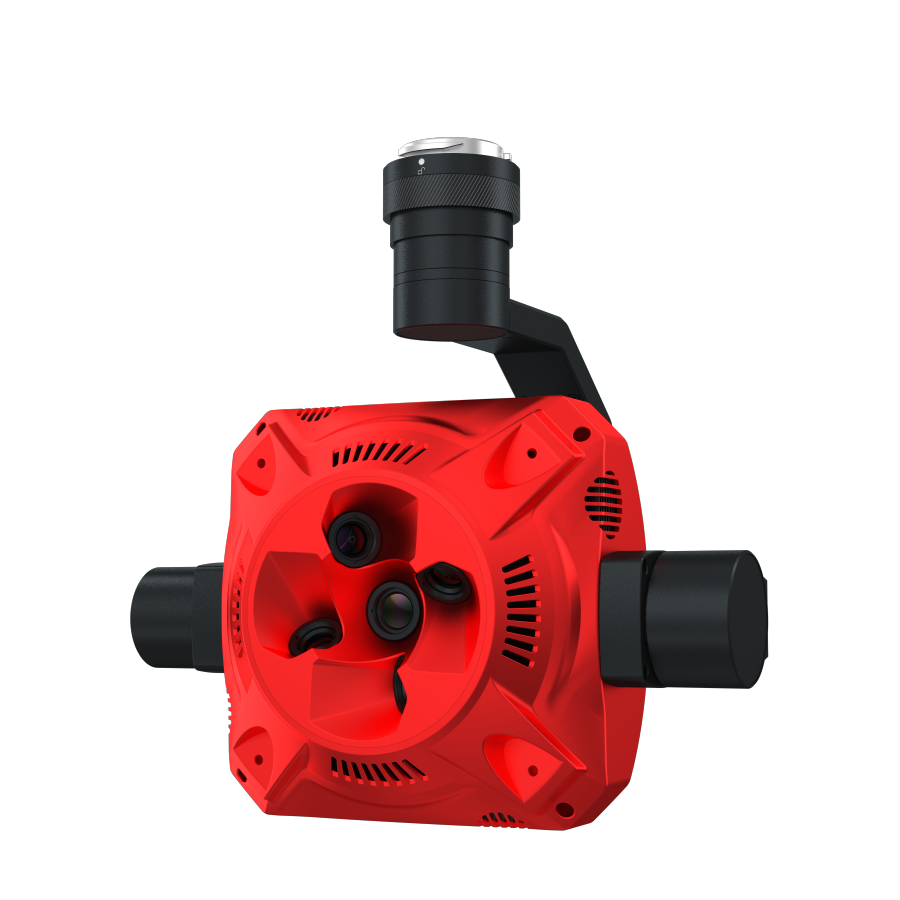Obstacle Avoidance
A feature in drones that uses sensors to detect obstacles and automatically adjust the drone's path to avoid collisions.
Obstacle avoidance is a critical feature in modern drones and robotic systems, pivotal for ensuring safety and efficiency during operation. With the rise of autonomous systems in various sectors—from agriculture to logistics—understanding concepts like obstacle avoidance becomes increasingly significant. This capability not only enhances operational autonomy but also minimizes risks associated with collisions, making it essential for developers and users in both industrial and recreational settings.
What is Obstacle Avoidance?
Obstacle avoidance refers to a feature in drones and robots that utilizes sensors to detect obstacles in their path and automatically adjusts their trajectory to prevent collisions. This involves sophisticated algorithms that process data from various sensors (such as cameras, LIDAR, and ultrasonic sensors) to create a real-time map of the environment. As the drone or robot navigates, it continually assesses its surroundings and makes decisions about how to alter its course, ensuring a safe and efficient journey.
Key Concepts:
Sensor Technology: Essential for detecting obstacles; various types of sensors (like LIDAR, cameras, and ultrasonic sensors) are employed for accurate environmental mapping.
Navigation Algorithms: Algorithms that process sensory data to make real-time decisions about how to maneuver the vehicle around obstacles.
Mapping: The process of creating a digital representation of an area, helping the drone or robot understand where obstacles are located.
Real-time Processing: The ability to analyze sensor data quickly enough to make instantaneous adjustments to movement.
Autonomy Levels: Various degrees of operational independence, ranging from manual control with obstacle avoidance features to fully autonomous navigation.
Applications and Relevance:
Unmanned Aerial Vehicles (UAVs): Drones equipped with obstacle avoidance can fly safely in cluttered environments, such as urban areas or forests.
Warehouse Robotics: Robots used for inventory management can navigate aisles without colliding with shelves or other equipment.
Search and Rescue Missions: Drones can be deployed in disaster zones to locate survivors while avoiding debris and other hazards.
Agricultural Automation: Drones can monitor crop health and assess fields while avoiding obstacles like trees and structures.
Challenges and Considerations:
Environmental Factors: Obstacle avoidance systems may struggle in poor visibility conditions, such as fog, heavy rain, or extreme lighting variations.
Sensor Limitations: Each type of sensor has strengths and weaknesses, potentially affecting detection accuracy and reliability.
Complex Environments: In dynamic settings where obstacles can move unpredictably (like pedestrians or vehicles), maintaining effective obstacle avoidance becomes more complicated.
Processing Power: The need for real-time data analysis can require significant computational resources, which may limit device efficiency or battery life.
Future Trends and Innovations:
Integration of AI and Machine Learning: Utilizing advanced algorithms that enable drones and robots to learn from their environment and improve avoidance strategies over time.
Multi-sensor Fusion: Combining data from various sensor types for more accurate environmental perception and obstacle detection.
Improved Navigation Systems: Development of enhanced navigation algorithms that account for changing environments and complex obstacle scenarios.
Swarm Technology: The concept of multiple drones or robots working together to navigate spaces while avoiding collisions with each other and their surroundings.
Obstacle avoidance is a vital component in the evolution of autonomous drones and robotics. Its implications stretch across multiple industries, influencing safety protocols and operational efficiency. As technology advances, understanding and improving obstacle avoidance systems will continue to play a key role in enhancing the functionality of autonomous machines, enabling them to navigate increasingly complex environments with confidence and reliability.














